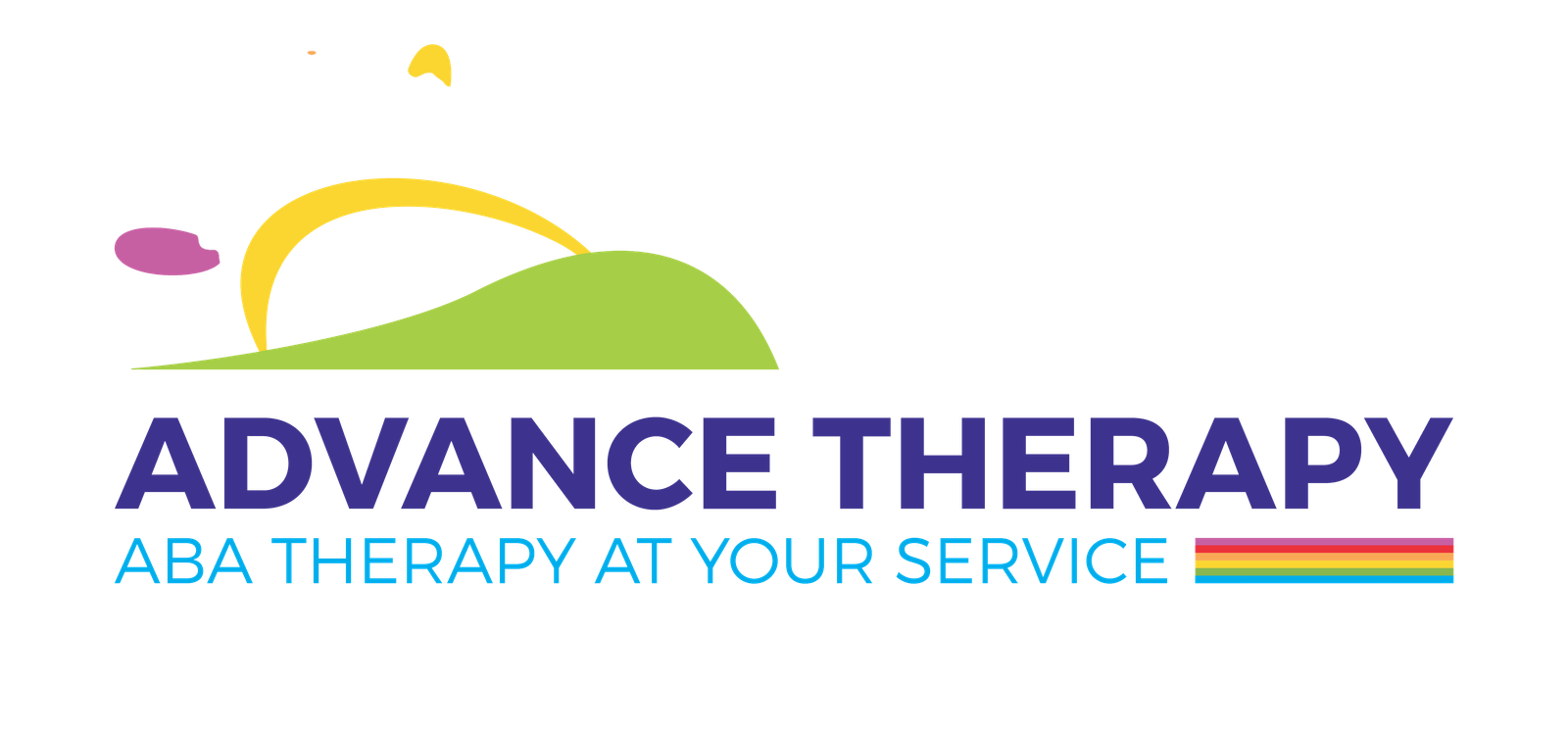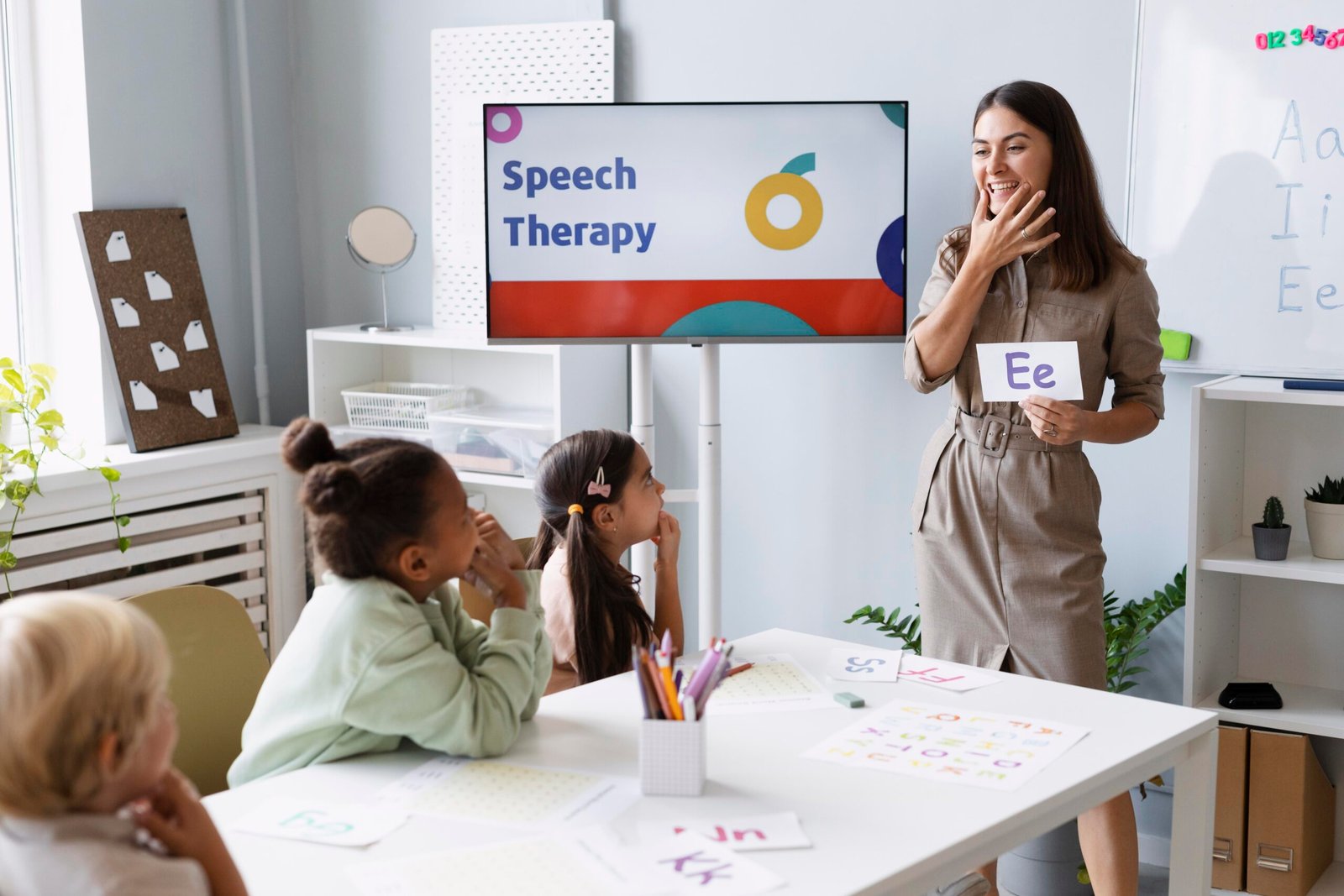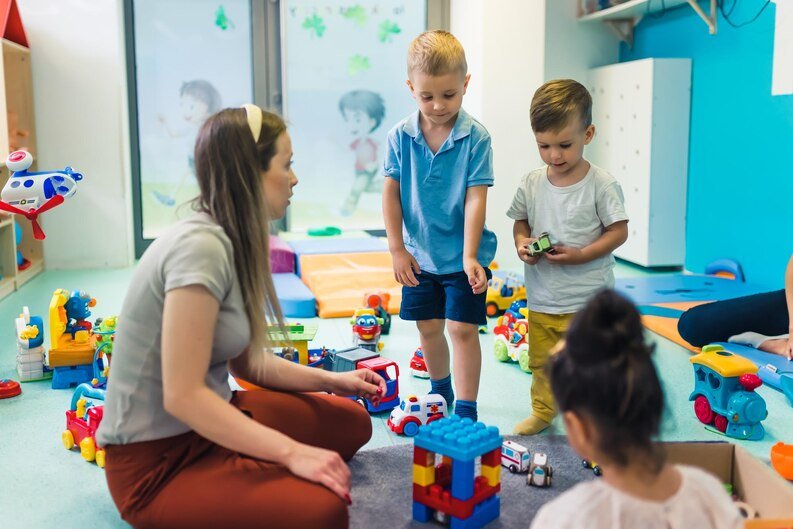Encouraging Expressive Communication
Expressive communication involves conveying thoughts, desires, or emotions through speech, gestures, or other forms of expression. Many children with developmental delays face challenges in this area, which can lead to frustration and behavioral issues.
ABA therapy addresses this by:
Modeling Language: Therapists demonstrate appropriate verbal and non-verbal communication.
Prompting: Children are guided with gentle cues to use words or gestures to express needs.
Reinforcing Success: Positive reinforcement—such as praise, tokens, or favorite activities—encourages repeated use of communication skills.
Over time, children learn to communicate intentionally rather than through frustration, fostering autonomy and confidence.
Supporting Receptive Communication
While expressive communication focuses on sending messages, receptive communication is about understanding incoming messages. ABA therapy enhances this critical skill through structured exercises that teach children to:
By mastering receptive communication, children gain the ability to comprehend instructions and participate actively in social interactions, which is a crucial foundation for effective communication.
Social Communication and Pragmatic Skills
Communication is not only about words; it’s also about context. Pragmatic skills—the social use of language—are often challenging for children with developmental delays.
ABA therapy helps improve social communication by teaching:
Turn-taking during conversations
Initiating and maintaining interactions
Reading and responding to non-verbal cues like facial expressions and gestures
Through role-playing, structured social activities, and reinforcement strategies, children gradually learn how to navigate real-world interactions, enhancing both social confidence and communication competence.
Strategies Used in ABA Therapy for Communication
Functional Communication Training (FCT)
Functional Communication Training focuses on replacing challenging behaviors with effective communication. For instance, if a child throws a tantrum to get a toy, FCT teaches them to request the toy verbally or with a gesture.
Key benefits of FCT in promoting communication include:
Reducing frustration and behavioral issues
Encouraging intentional communication
Reinforcing positive interactions with peers and adults
Picture Exchange Communication System (PECS)
PECS is a visual communication tool where children learn to exchange pictures to convey their needs. Initially, they may hand over a picture of a snack to request food, progressing to constructing sentences using multiple pictures.
ABA therapy integrates PECS effectively, allowing non-verbal children to communicate immediately while gradually transitioning to verbal communication.
Naturalistic Teaching Strategies
Teaching communication in natural settings—like playgrounds, classrooms, or home—ensures skills are generalized and practical. Techniques include:
Embedding communication opportunities into everyday routines
Prompting spontaneous requests and social interactions
Reinforcing successful attempts immediately
These strategies make learning contextually meaningful, improving the likelihood of consistent communication outside therapy sessions.
Real-Life Impact of ABA Therapy on Communication
Academic Success
Children who receive ABA therapy often show marked improvement in classroom communication. They can follow instructions, ask for help, and engage in collaborative learning, leading to better academic outcomes and confidence.
Social Integration
Enhanced communication skills help children build friendships, navigate social norms, and participate meaningfully in family and community activities. Over time, children develop resilience, empathy, and emotional intelligence.
Emotional Expression
By learning to communicate effectively, children reduce frustration and behavioral issues, gaining healthier ways to express emotions. This, in turn, fosters self-esteem and positive relationships with caregivers and peers.




